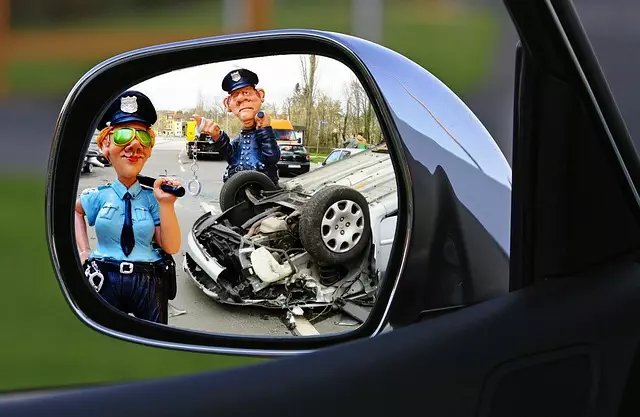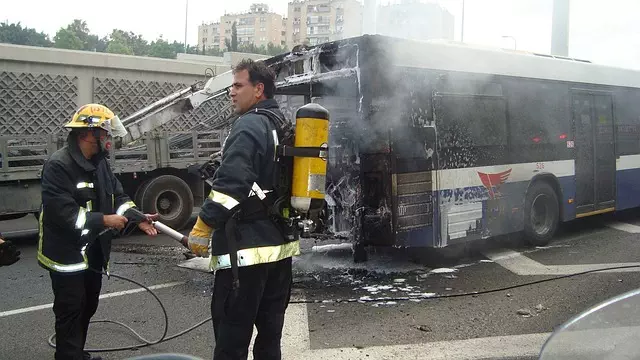In Manhattan, understanding cyclist rights and responsibilities is vital for safe street navigation, especially with growing cycling popularity. Cyclists have equal standing with motorists, including right of way at intersections, but must still obey traffic signals and yield to pedestrians. Drivers near high-traffic bike lanes are encouraged to exercise caution, maintain distances, predict cyclist movements, and respect their right of way. Brooklyn's rise in alcohol-related motorcycle accidents highlights the need for heightened awareness, stricter laws, and educational campaigns for responsible riding practices. Manhattan adopts strategies from Brooklyn's successful efforts, enhancing street design, increasing police presence, implementing advanced technology, and launching public awareness campaigns to mitigate conflicts and ensure safer streets for all users, with a focus on preventing Alcohol-Related Motorcycle Accidents Brooklyn.
In Manhattan, cyclists face unique challenges navigating city streets. Understanding the right of way rules is crucial for both riders and motorists. This article delves into the legal framework protecting cyclists in NYC, exploring common conflicts with motorists and highlighting growing concerns over alcohol-related motorcycle accidents in neighboring Brooklyn. We offer insights on enhancing safety measures and community efforts to mitigate these issues, aiming to make Manhattan’s roads safer for everyone.
- Understanding Cyclist Right of Way Rules in Manhattan
- Alcohol-Related Motorcycle Accidents in Brooklyn: A Growing Concern
- The Legal Framework for Cyclist Protection in NYC
- Common Causes of Cyclist-Motorist Conflicts
- Enhancing Safety Measures for Cyclists in Manhattan
- Community Efforts to Prevent Alcohol-Driven Incidents
Understanding Cyclist Right of Way Rules in Manhattan

In Manhattan, understanding cyclist right of way rules is crucial for both cyclists and drivers to ensure safe streets. Cyclists have the same rights and responsibilities as motorists, including the right to use roads and follow traffic signals. When it comes to intersections, cyclists are often given the right of way, especially when they’re approaching from a marked or unmarked crosswalk. However, this doesn’t mean cyclists can ignore traffic lights; they must still stop at red and yield to pedestrians in crosswalks.
Moreover, while alcohol-related motorcycle accidents are a concern in Brooklyn and across New York City, these rules are designed to protect all users, including cyclists. Drivers need to be especially vigilant in areas with high cyclist traffic, like Manhattan’s bike lanes. Keeping a safe distance, predicting cyclist movements, and respecting their right of way can significantly reduce the risk of collisions. Remember that navigating city streets requires shared responsibility, where cyclists follow rules while drivers exercise extra caution.
Alcohol-Related Motorcycle Accidents in Brooklyn: A Growing Concern

In recent years, there has been a growing concern regarding Alcohol-Related Motorcycle Accidents in Brooklyn. These incidents have not only led to severe injuries and fatalities but also raised significant safety issues for cyclists navigating Manhattan’s bustling streets. With the increasing popularity of cycling as a mode of transportation, understanding and addressing these accidents is more crucial than ever.
Brooklyn, known for its vibrant and diverse communities, has witnessed a concerning rise in motorcycle crashes linked to alcohol consumption. Cyclists, like drivers, face heightened risks when operating their vehicles under the influence, leading to devastating outcomes. This issue underscores the need for heightened awareness, stricter enforcement of drinking and driving laws, and targeted educational campaigns aimed at promoting responsible riding practices among cyclists and motorists alike.
The Legal Framework for Cyclist Protection in NYC

In New York City, the legal framework for cyclist protection is outlined in state and local laws, aimed at ensuring safe coexistence on the roads with other vehicle users. The City’s Transportation Code establishes rules for cyclists’ rights and responsibilities, including specific provisions for sharing the road with motor vehicles. One key aspect is the ‘Right of Way’ rule, which grants cyclists priority at intersections and certain situations, promoting safer navigation.
Unlike Alcohol-Related Motorcycle Accidents Brooklyn, where legal consequences are severe, cyclist violations typically result in less stringent penalties. However, this doesn’t diminish the importance of adhering to traffic laws. Cyclists and motorists alike must be aware of their rights and duties to prevent accidents and foster a culture of road safety.
Common Causes of Cyclist-Motorist Conflicts

In navigating Manhattan’s bustling streets, cyclist-motorist conflicts often arise from a variety of factors. One of the most common causes is the lack of designated bike lanes, forcing cyclists to share the road with vehicles, leading to potential misunderstandings and dangers. Additionally, motoristas may fail to yield right of way to cyclists, especially at intersections or when making turns, putting both parties at risk. Bad weather conditions can also exacerbate these issues, reducing visibility and increasing friction between different road users.
Another significant contributor to conflicts is the presence of alcohol in the mix. Alcohol-related motorcycle accidents in Brooklyn, for instance, often involve cyclists as well. Impaired driving judgment can lead to careless maneuvers or failure to notice cyclists, resulting in collisions. Moreover, cyclists themselves may also be under the influence, which impairs their ability to navigate safely and communicate effectively with motorists, further increasing the risk of accidents.
Enhancing Safety Measures for Cyclists in Manhattan

Enhancing safety for cyclists is a top priority in Manhattan, especially as the city continues to promote biking as a sustainable mode of transportation. With an increasing number of riders on the roads, it’s crucial to implement measures that protect them from potential hazards, including alcohol-related incidents. Similar to Brooklyn, where there have been efforts to reduce alcohol-related motorcycle accidents, Manhattan can learn from these strategies and adapt them to suit its unique needs.
One approach is to enhance street design by designating bike lanes and improving signage, ensuring cyclists have clear pathways and visible markings. Additionally, increasing police presence at known problem areas and enforcing traffic laws strictly can deter dangerous behavior. The city could also invest in advanced technology, like smart traffic signals that prioritize bikes, and public awareness campaigns to educate both drivers and cyclists about sharing the road responsibly.
Community Efforts to Prevent Alcohol-Driven Incidents

In recent years, Manhattan has witnessed a growing awareness and collective effort to address the issue of alcohol-driven incidents involving cyclists. Community initiatives have been instrumental in creating safer biking environments, particularly focusing on preventing accidents linked to drunk driving. These efforts include increased police patrols in high-risk areas during peak hours, where cyclists are more vulnerable.
Brooklyn, known for its vibrant cycling culture, has taken proactive measures to combat alcohol-related motorcycle accidents. Local organizations and bike advocacy groups have been vocal about the need for stricter enforcement of drinking and driving laws, along with public awareness campaigns that highlight the dangers of combining alcohol consumption with cycling or riding motorcycles. These collaborative actions aim to foster a culture of responsibility among both cyclists and drivers alike.
In conclusion, navigating the complex interplay between cyclists and motorists in Manhattan requires a multifaceted approach. While the legal framework for cyclist protection is crucial, enhancing safety measures on the road and addressing growing concerns like alcohol-related motorcycle accidents in Brooklyn are essential to fostering a more harmonious shared space. Community efforts play a vital role in preventing conflicts, ensuring that everyone—from cyclists to folks navigating bustling Manhattan streets—can do so safely. By understanding and adhering to rules, we can create a more indelible testament to improved cyclist right of way in New York City.
